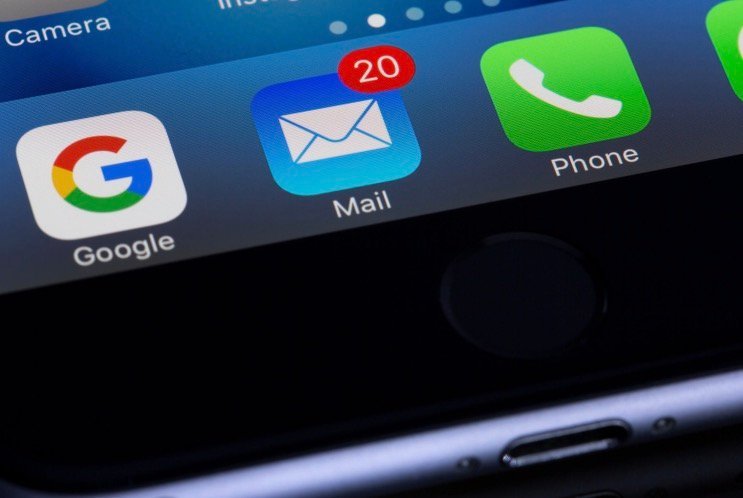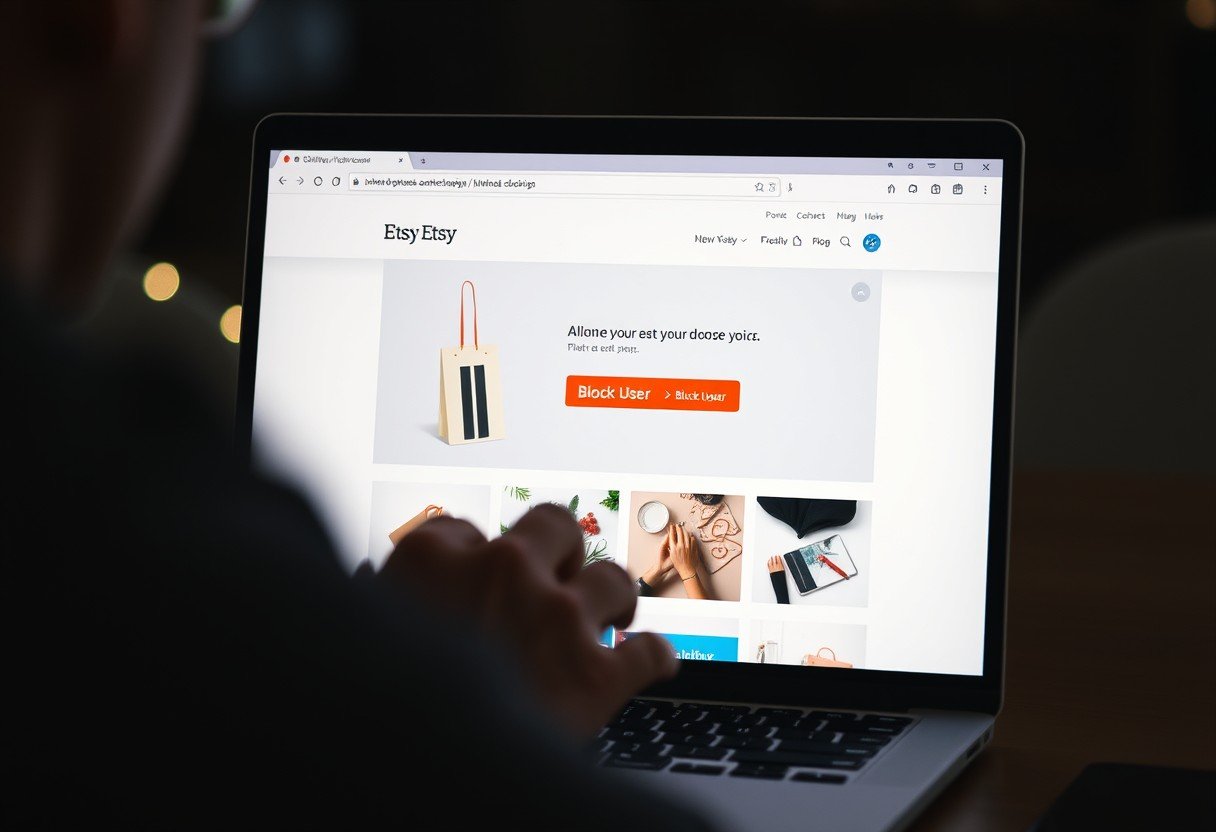Email marketing remains a cornerstone of B2B strategy, but its effectiveness hinges on one critical factor: deliverability. Businesses constantly struggle with spam filters that can mistakenly flag legitimate sales and marketing emails, making them invisible to potential clients. If your messages land in the spam folder, your efforts are wasted. Understanding how spam filters work and what they look for is the first step to ensuring your important communications reach the inbox every time.
Establish a Trustworthy Sender Reputation
Your sender reputation is how Internet Service Providers (ISPs) judge whether you are a legitimate sender or a spammer. A good reputation is your passport to the inbox, and it starts with the basics.
First, consider your “from” name and email address. Use a name that recipients will instantly recognize, such as your personal name or your company’s brand name. Consistency is crucial; avoid changing your sender name frequently, as this can appear suspicious to spam filters. Furthermore, steer clear of generic addresses like “noreply@yourbusiness.com,” which can seem impersonal and are often filtered.
The Email Service Provider (ESP) you choose also plays a massive role. Reputable ESPs work hard to maintain high deliverability rates for their clients. Disreputable providers often have their IP addresses blacklisted, meaning any email sent through them is likely to be blocked before it even has a chance to be delivered.
Keep Your Email List Clean and Healthy
The quality of your email list directly impacts your sender reputation. Sending emails to invalid or inactive addresses is a major red flag for ISPs and can severely harm your ability to reach the inbox.
A high bounce rate is one of the quickest ways to get flagged. Hard bounces occur when you send an email to an address that doesn’t exist. You should regularly clean your list and immediately delete any addresses that result in a hard bounce.
Similarly, dormant subscribers who never open your emails can also hurt your reputation. ISPs track engagement rates, and a list full of inactive users suggests that your content isn’t wanted. To manage this, you can:
- Launch a re-engagement campaign to try and win back their interest.
- Regularly remove subscribers who haven’t engaged with your emails in a long time.
- Always provide a clear and easy-to-find unsubscribe link in every email.
Honoring unsubscribe requests instantly is not just good practice; it’s required by anti-spam laws. If a user unsubscribes and you continue to email them, they are very likely to mark you as spam, which directly damages your sender score.
The Double-Edged Sword of Buying Email Lists
The article mentions that buying an email list can save you a lot of time compared to building one organically. While this is true, this approach comes with significant risks that can undermine your entire email marketing strategy.
When you buy a list, you have no relationship with the contacts on it. They didn’t opt-in to hear from you, which means they are far more likely to mark your emails as spam. This can quickly destroy the sender reputation you’ve worked hard to build.
Furthermore, purchased lists often contain outdated addresses, spam traps (email addresses set up specifically to catch spammers), and people who are not your target audience. The resulting high bounce rates and low engagement will signal to ISPs that you are a spammer, affecting the deliverability of all your future campaigns.
Crafting Subject Lines that Avoid the Spam Folder
Your subject line is often the only thing a recipient sees before deciding to open, delete, or report your email as spam. A poorly written subject line can trigger filters and alienate your audience.
Avoid using spam trigger words, which are terms commonly used in fraudulent or low-quality emails. Words like “free,” “cash,” “winner,” and “guarantee” are often flagged. Using too many of these can get your email sent straight to the spam folder.
Your formatting also matters. Writing in ALL UPPERCASE is considered shouting online and is a common tactic of spammers. Most users find it unprofessional and are more likely to mark the email as spam. Similarly, avoid using excessive exclamation points. A simple, intriguing question is often more effective at grabbing attention.
| Good Subject Line Practices | Bad Subject Line Practices |
| Using lowercase or title case | WRITING IN ALL CAPS |
| Asking an engaging question | Using multiple exclamation points!!!!! |
| Personalizing with their name | Using spammy words like “Free Offer” |
| Being clear and concise | Making misleading or false promises |
Design Your Email Body for Deliverability
Spam filters don’t just look at your subject line; they analyze the entire content of your email. How you design your email body can make the difference between landing in the inbox and the spam folder.
A good rule of thumb is to keep the design simple and clean. Using many different fonts, bright colors, and flashy formatting can make your email look unprofessional and spammy. Stick to a consistent and easy-to-read design.
Be very careful with images. An email that is just one large image is a huge red flag for spam filters, as spammers use this tactic to hide trigger words. Always have a good balance of text and images. Also, never include crucial information only in an image, as many email clients block images by default.
Finally, avoid attachments and embedded media. Attachments are a primary way viruses are spread, so they will put spam filters on high alert. Instead of attaching a file or embedding a video, simply include a link to the content on your website. This is safer, keeps your email lightweight, and drives traffic to your site.
Frequently Asked Questions about B2B Email Spam
Why do my legitimate business emails end up in spam?
Your emails might go to spam for many reasons, including a low sender reputation, using spam trigger words in your subject line, a high bounce rate from an unclean email list, or poor email formatting like using all caps or too many images.
Is it a good idea to buy a B2B email list?
While it can save time, buying an email list is very risky. The recipients have not opted-in to hear from you, making them likely to mark you as spam, which severely damages your sender reputation and future email deliverability.
What are some common spam trigger words to avoid?
You should be cautious with words like “free,” “cash,” “amazing,” “guarantee,” “no cost,” and “risk-free.” Overusing these, especially in the subject line, can cause spam filters to flag your email.
How can I fix a bad sender reputation?
To improve your reputation, start by thoroughly cleaning your email list to remove all bounced and inactive addresses. Ensure you have a clear unsubscribe option, and focus on sending valuable content to an engaged audience that has opted-in to receive it.
Can using all caps in my subject line really hurt deliverability?
Yes, absolutely. Using all uppercase letters is seen as shouting and is a common tactic used by spammers. Both email filters and human recipients are likely to view it negatively, increasing your chances of being marked as spam.









Your tips are good, except the buying email lists. NEVER, ever buy email lists. If you can’t build your list organically by providing great, actionable content in exchange for their email address then you have no business marketing.